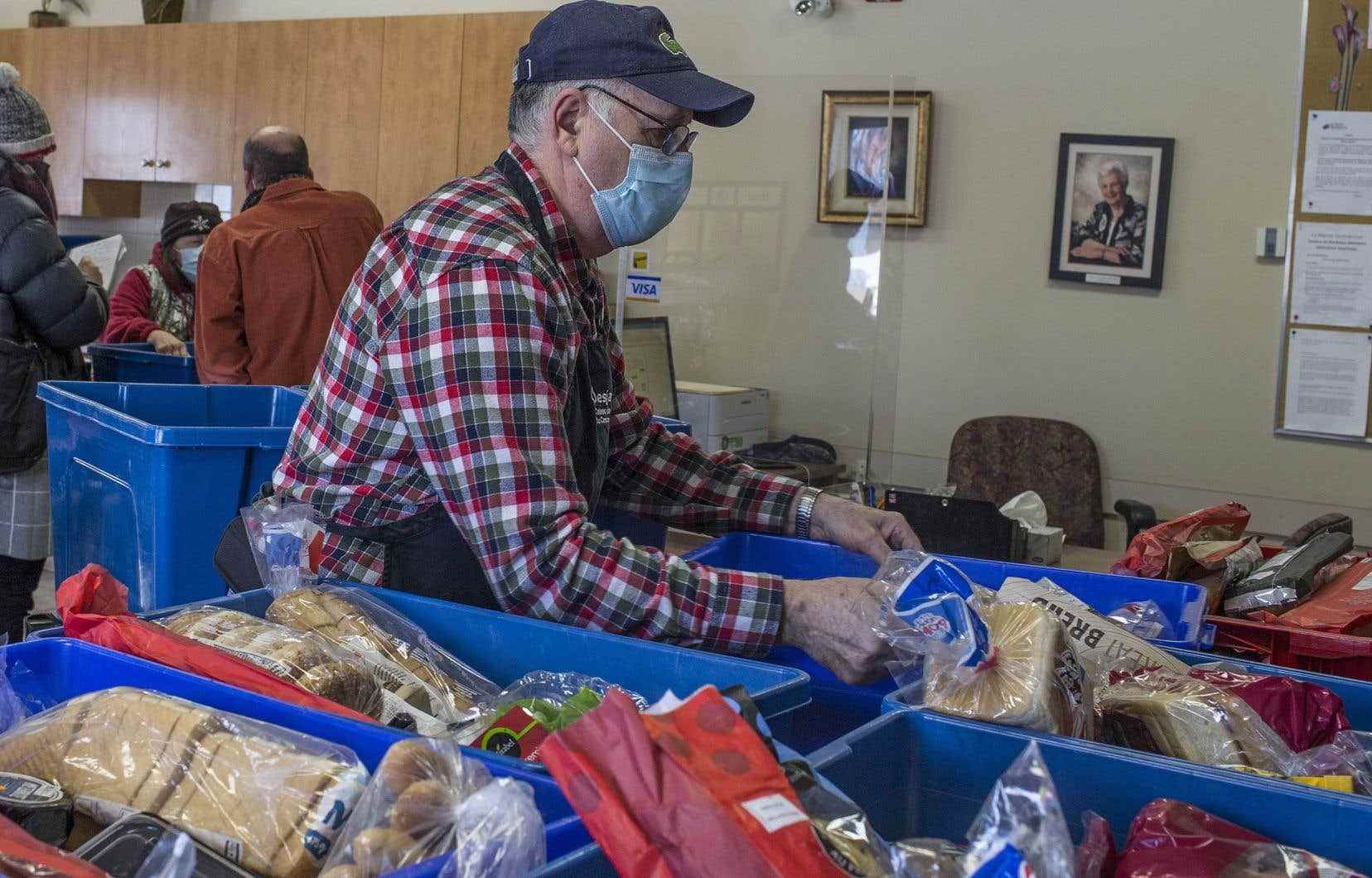The network of Food Banks of Quebec is sounding the alarm, when a perfect storm of factors makes it difficult to meet a demand that has exploded by a third since 2019.
The network now helps 671,000 people per month, an increase of 33% compared to three years ago and 9% since last year, specifies the Bilan-Hunger 2022 report, which was published on Thursday and premiered at The Canadian Press.
In just one year, the monthly number of food aid requests answered by the network has jumped by 375,000, rising from nearly 1.9 million to more than 2.2 million, an increase of 20%.
And these figures probably underestimate the true extent of the situation, according to the director general of Food Banks of Quebec, Martin Munger.
“These data were collected in March,” he said. From what I am told on the ground, it continues. These are peaks for demand that have never been reached in the past. Our network has never responded to such a request in its history. »
Approximately two-thirds of the approximately 1,200 organizations served by the network indicate that they have run out of food from their usual sources of supply over the past year.
In general, adds Mr. Munger, the food bank network has always operated with food donations or supply agreements.
But faced with current supply chain issues, the network’s usual donors, such as producers or food processors, began to better manage their inventory, which meant that they ultimately had less surplus to donate. , he explained.
“So, on the one hand, the demand is increasing considerably, and on the other hand, it is more difficult to obtain supplies,” summarized Mr. Munger.
Even after developing its data recovery program in supermarkets, and since donations were no longer sufficient to meet demand, the network was forced for a very rare time in its history to spend hundreds of thousands of dollars to buy food, which is far from ideal in the current inflationary environment.
Inflation also hurts the hungry, and more specifically households on fixed incomes who are ill-equipped to deal with rising prices.
Thus, 34% of food aid beneficiaries are children. About 40% of food assistance applicants are people living alone or households with children (18% are single-parent households and 24% are two-parent households).
But at the very heart of this perfect storm, Munger repeats, is rising demand.
“We have never experienced this in the past, he hammered. The effect of inflation, the effect of the pandemic, is beyond the means of the food bank network. »
